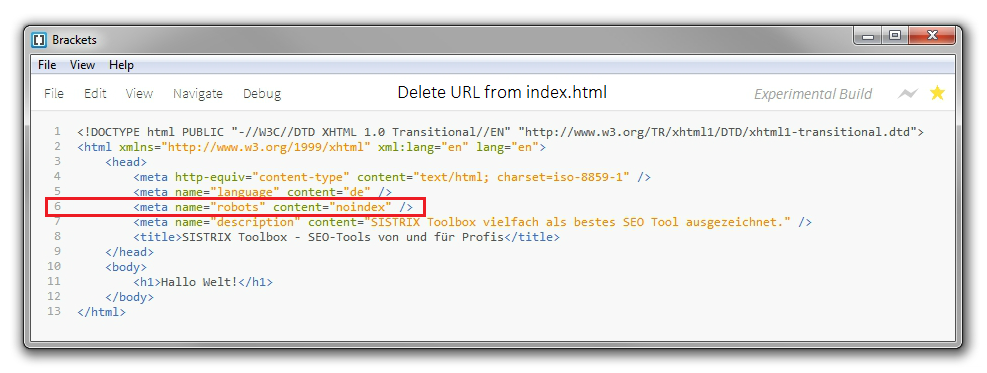Starting in Oracle9i release 2 we see an incorporation of the SQL-99 “WITH clause”, a tool for materializing subqueries to save Oracle from having to re-compute them multiple times.
The SQL “WITH clause” is very similar to the use of Global temporary tables (GTT), a technique that is often used to improve query speed for complex subqueries. Here are some important notes about the Oracle “WITH clause”:
• The SQL “WITH clause” only works on Oracle 9i release 2 and beyond.
• Formally, the “WITH clause” is called subquery factoring
• The SQL “WITH clause” is used when a subquery is executed multiple times
• Also useful for recursive queries (SQL-99, but not Oracle SQL)
To keep it simple, the following example only references the aggregations once, where the SQL “WITH clause” is normally used when an aggregation is referenced multiple times in a query.
We can also use the SQL-99 “WITH clause” instead of temporary tables. The Oracle SQL “WITH clause” will compute the aggregation once, give it a name, and allow us to reference it (maybe multiple times), later in the query.
The SQL-99 “WITH clause” is very confusing at first because the SQL statement does not begin with the word SELECT. Instead, we use the “WITH clause” to start our SQL query, defining the aggregations, which can then be named in the main query as if they were “real” tables:
WITH subquery_nameAS(the aggregation SQL statement)SELECT(query naming
subquery_name);
Retuning to our oversimplified example, let’s replace the temporary tables with the SQL “WITH clause” (Note: You may find a faster execution plan by using Global Temporary tables, depending on your release of Oracle):
WITH sum_sales AS ( select /*+ materialize */
sum(quantity) all_sales from stores )number_stores AS ( select /*+
materialize */ count(*) nbr_stores from stores
)sales_by_store AS ( select /*+ materialize */ store_name,
sum(quantity) store_sales from store natural join sales
)SELECT store_nameFROM store,
sum_sales, number_stores,
sales_by_storewhere store_sales > (all_sales / nbr_stores);
Note the use of the Oracle undocumented “materialize” hint in the “WITH clause”. The Oracle materialize hint is used to ensure that the Oracle cost-based optimizer materializes the temporary tables that are created inside the “WITH” clause. This is not necessary in Oracle10g, but it helps ensure that the tables are only created one time.
It should be noted that the “WITH clause” does not yet fully-functional within Oracle SQL and it does not yet support the use of “WITH clause” replacement for “CONNECT BY” when performing recursive queries.
To see how the “WITH clause” is used in ANSI SQL-99 syntax, here is an excerpt from Jonathan Gennick’s great work “Understanding the WITH Clause” showing the use of the SQL-99 “WITH clause” to traverse a recursive bill-of-materials hierarchy The SQL-99 “WITH clause” is very confusing at first because the SQL statement does not begin with the word SELECT.
Instead, we use the “WITH clause” to start our SQL query, defining the aggregations, which can then be named in the main query as if they were “real” tables:
WITH subquery_nameAS(the aggregation SQL statement)SELECT(query
naming subquery_name);
Retuning to our oversimplified example, let’s replace the temporary tables with the SQL “WITH” clause”:


No comments:
Post a Comment